Migration from Magento 1 to Magento 2
Magento 2At the end of 2015, Magento released its new platform “Magento 2” leaving many big enterprises facing the decision whether to move from Magento 1 to the new platform or not. However, the Magento team has officially announced that support for Magento 1 will end in June 2020. Since official support is ending, patches or security updates are not to be expected.
Magento will no longer be providing the following functionalities for Magento 1:
- Security Patches
- Quality fixes
- Documentation updates
If there are any major changes in your Magento store, then you should seriously consider re-platforming to Magento 2. Magento 2 was redesigned with making performance better in their minds, which makes page load in Magento 2 30% to 50% faster than Magento 1.
Re-platforming to Magento 2 - What are the key reasons?
When your site performs better, your customers have a better experience which can lead to an increase in conversion rates and sales.
On the backend
- In the backend, the newest displays useful information and allows searching according to store-wise. And hence, it is easy and friendly to use.
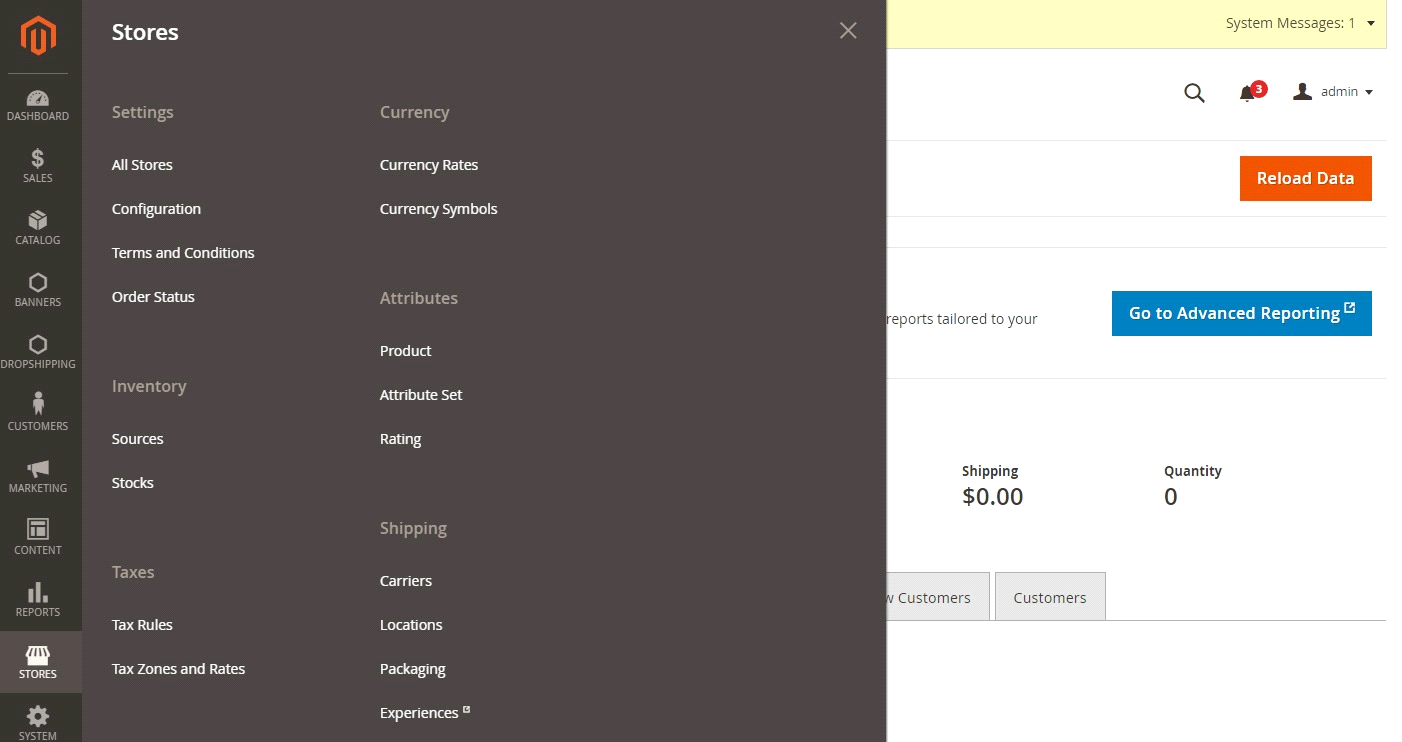

- New Indexer System
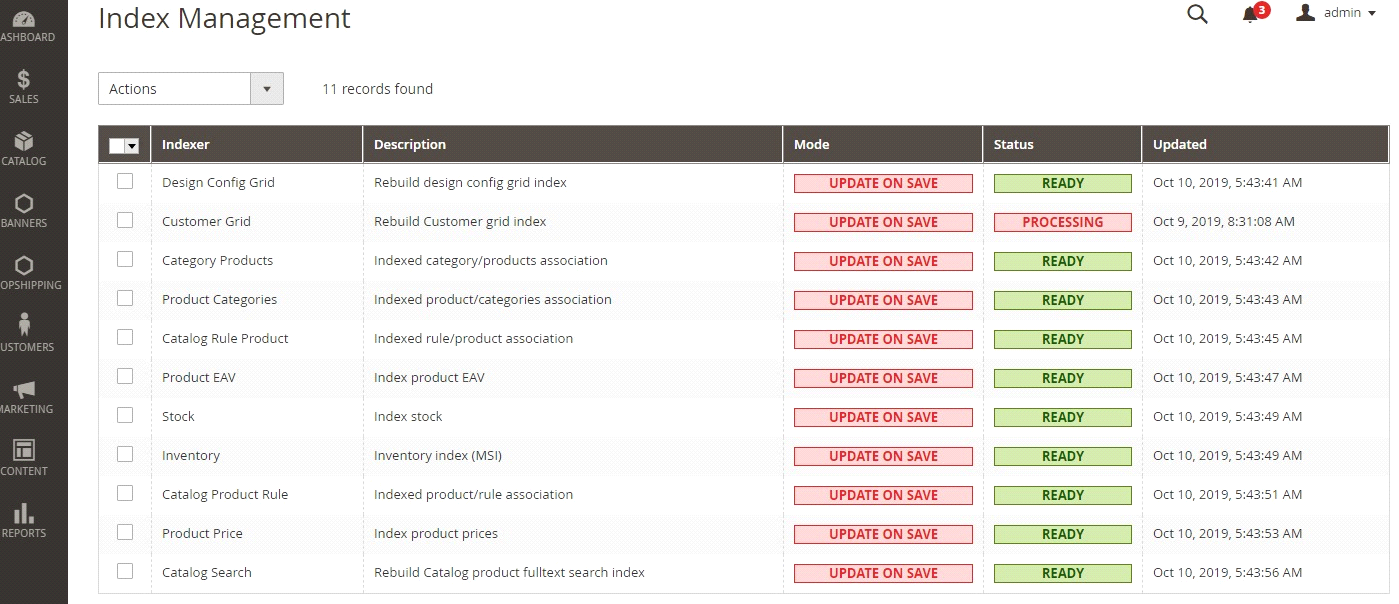
- Full Page Cache and Varnish cache combined:
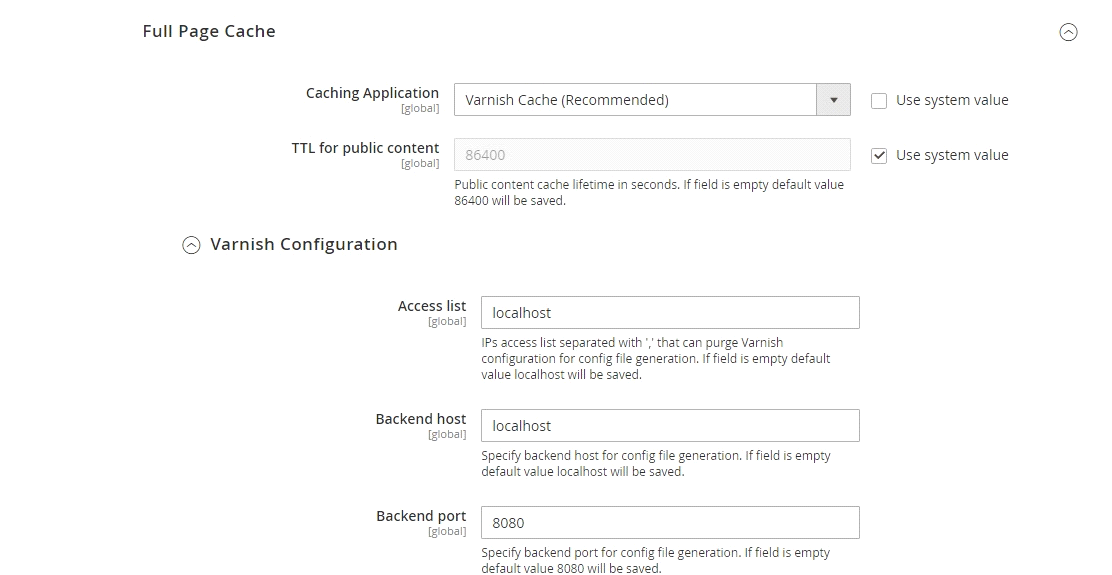
- Better Admin interface: Unfortunately, Magento 1’s admin user interface was very confusing for business users which in turn was hard to manage for non-technical users as well, but Magento 2 offers user-friendly, clear and clean user interface experience where even the most non-technical users can add product listings and can find tools with ease.
- Flat Design of the admin panel.
- New Step by step product creation tool that makes new products upload a lot easier. You can also link videos to your products in addition to the images.
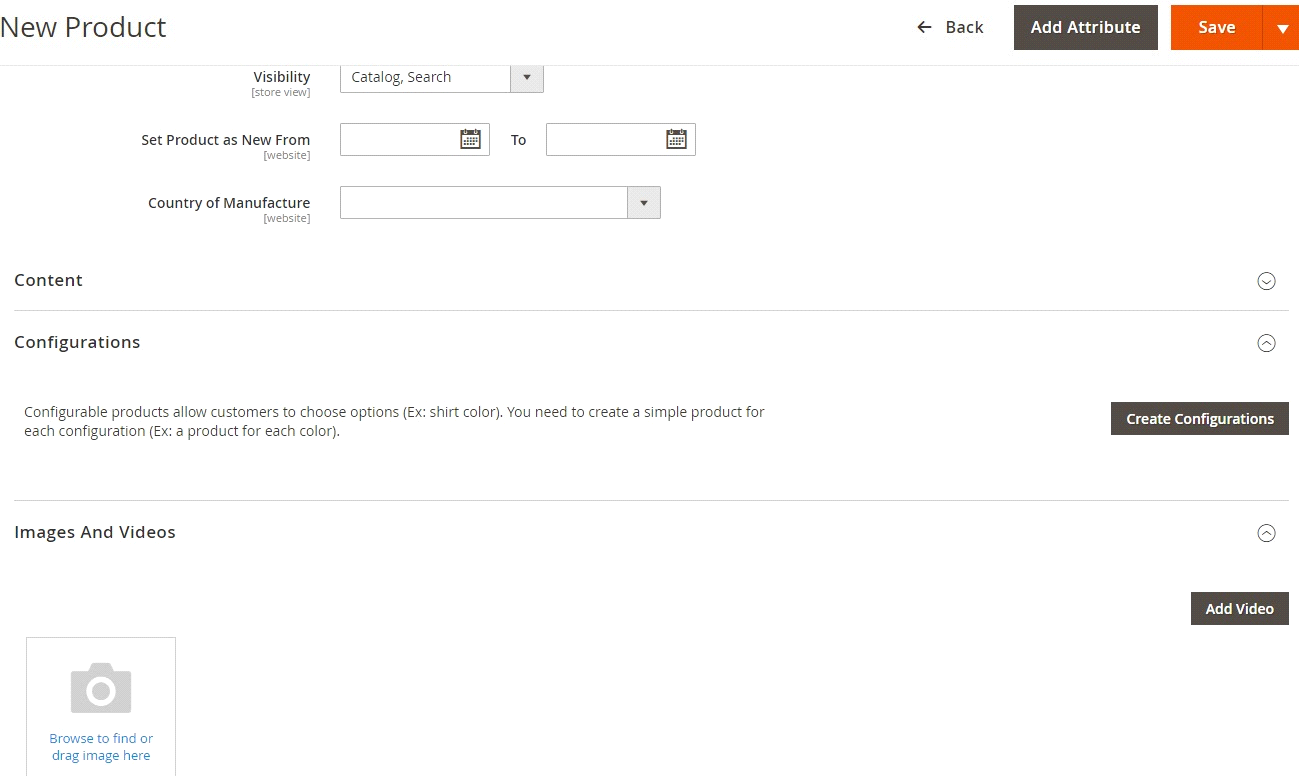
- Better menu positions.
- Easier data formatting.
- Custom grid options - Magento 1 had to use 3rd party extensions for customizing the grid. But Magento 2 has a default functionality to customize the grid to add or remove columns according to the requirements.
- Better control of the content.
- Faster execution time.
- New payment methods.
- Better & Improved security.
- Easier Updates: Magento 2 now makes it easier to upgrade itself and its extensions. Before you can carry out with the upgrade, Magento checks that your system meets the requirements and then helps to back up your files and database.
- Luma Theme: Magento 2 is now packed with a theme called “Luma”. The key features include clean and modern design, responsive layout, checkout is more intuitive, uses AJAX for the basket.
Magento 2 Frontend
- The new Magento 2 Luma theme looks much better than the default Magento 1.

- Faster frontend performance. Website visitors will not have to wait for the full page load to see the primary content.
- In Magento 2, the improvement of checkout steps makes it easier for the users to navigate. In the frontend, the Guest checkout is now allowed if this feature is set to "Yes" from the backend. Allowing this feature, Magento 2 can capture and analyze the email address of the existing registered customers.
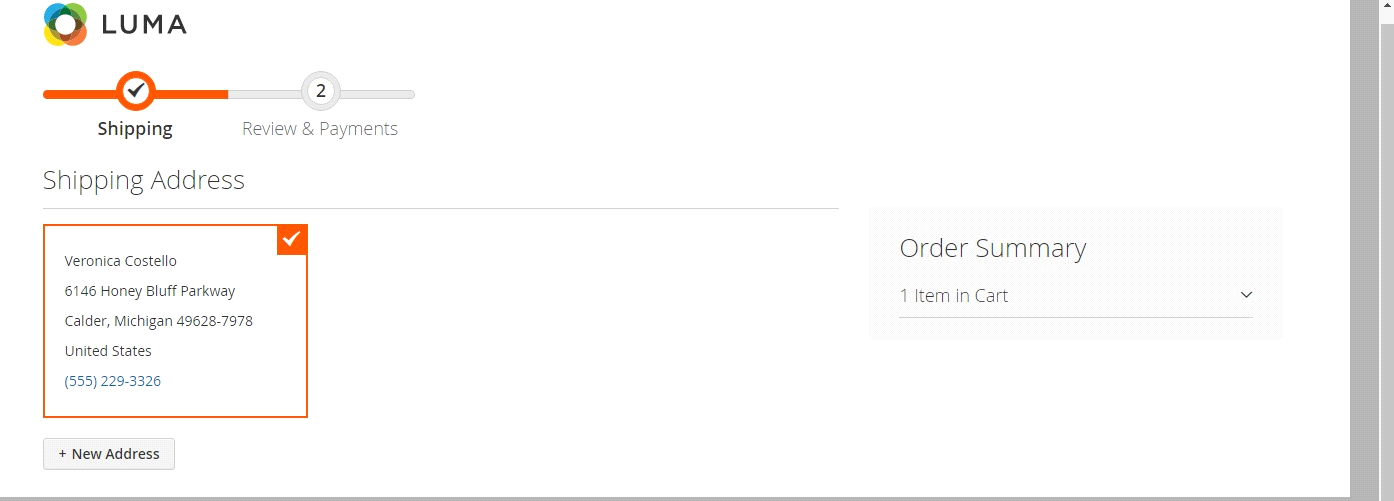
- Order details list the shopping cart with all products featuring quantity, and subtotal as well as images. This allows customers to see what they’ve ordered more clearly.
- Data regarding the billing of the customers are sent directly from the website to the payment gateway, which is good in terms of security. Magento 2 payment gateway includes Braintree, PayPal, WorldPay, Authorize.net, and many more.
For Customer Experience
- Page loads have become 50% faster: Magento 2 has significantly improved its loading times for customers using the website. The new architecture also means quicker execution times compared to that of Magento 1.
- Mobile-Friendly: There has been an increase in customers shopping on smartphones over time, and hence it becomes mandatory to have a mobile-responsive site for better engagement. Magento 2 has made delivering optimum performance on mobile devices their priority, unlike Magento 1 sites. Magento 2.3’s Progressive Web Apps (PWA) Studio, customers can experience their mobile performance even better.
- Handle a larger number of SKUs and daily orders.
- Create better mobile designs.
- Improved search & SEO features.
- Reduce steps to checkout & combat cart abandonment.
- Streamlined checkout: Magento 2’s streamlined checkout has made the checkout faster and comfortable for customers overall. For guests, they can easily check out without registration. Magento 2 will analyze registered customers based on their email addresses. Registering after the checkout process is also made possible in this version. There is an increase in checkout by 38% in Magento 2 than in Magento 1.
Which is the latest version of Magento?
The latest version of Magento is Magento 2.3 which was released on June 25, 2019.
Magento 2.3 Latest Features:
1) PWA Studio: PWA is going to be the most desirable option for merchants than native apps. PWA Studio gives app-like experiences even on mobile devices by allowing them to build fast and simple front-end.
Core features of PWA Studio:
- Ability to personalize content and add local preferences.
- Ability to create and manage all channel experiences using one code base, one app, and one deployment.
- Rich user experience with CMS themes and innovative commerce.
- The ability for developers for fast prototyping, rich feedback, helpful debugging, and an increase in productivity.
2) GraphQL: GraphQL, released in 2015, is a data query language developed by Facebook. GraphQL gives exactly the data that you need for PWA and this is achieved by data retrieval possibilities for PWA. There is also the advantage of Magento PWA to work quickly even on slow mobile network connections.
3) Asynchronous API: As the name suggests, this feature gives the ability to process a heavy number of API requests asynchronously without waiting for the response from the server.
Earlier using the traditional API approach, Magento used to take some time to process the response which in turn makes the client wait for a long time. The asynchronous API in Magento 2.3 allows executing Web API asynchronously and hence working over a message queue that completes tasks in the background. Hence, it won't be long in Magento 2.3.
4) Elasticsearch Updates: Elasticsearch which was reserved for Magento Commerce only, will be now made available to Magento Open Source 2.3. Elasticsearch provides a full-text search engine with schema-free JSON documents and an HTTP web interface. This feature gives merchants the power to search in their shops, including faceted search-filtering by attributes.
5) Multi-Source Inventory: This out of the box functionality allows merchants to have multiple inventory sources and allows them to manage all these sources without any third party platforms or extensions. This functionality in-turn allows the merchants to enable management of stock in multiple locations so that merchants can reflect their physical warehouses registered in Magento 2.3.
6) Page Builder: The page builder function enables merchants to create customized pages without having to write code. A simple drag-and-drop interface function is used which is based on the revised Bluefoot CMS extension.
7) Google ReCaptcha and two-factor Authentication: ReCaptcha, a free Google service has been introduced in Magento 2.3 that protects your store from unauthorized login or register. A similar out-of-box feature called two-factor authentication is also incorporated in Magento 2.3 which protects against malicious attempts to access your Magento admin panel.
8) Declarative DB Schema: A new method is introduced in Magento 2.3 which is called Declarative DB Schema, which allows developers to define DB structures and can change in XML files, instead of defining with install scripts. Then, the Magento 2.3 will change XML schema files into SQL statements and execute them.
Tell us about your project
Hire dedicated Magento developer from the vast and talented pool of resources.


